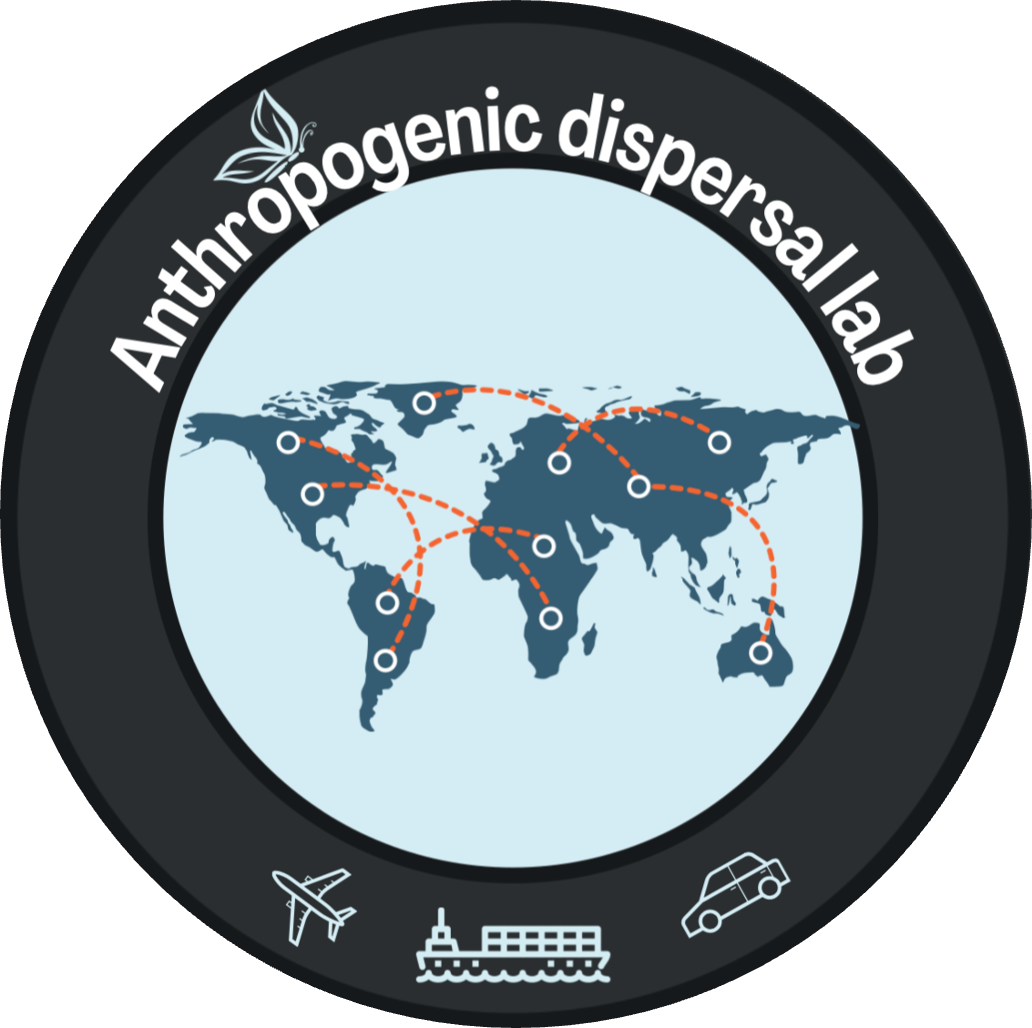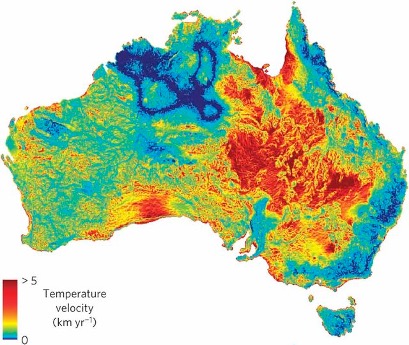Research

Please check out the QAECO research areas as well as my Opportunities tab and get in touch if you’d like to join my team.
Ongoing projects
Where will trees move under climate change and how should we protect them to facilitate successful movement?


Recent projections show major shifts in the habitat suitability for trees across North America due to climate change. However, taken as is, they assume trees can immediately respond to climate change. We’re currently working to combine these models to quantify our best understanding tree range shift predictions, their uncertainty, and what they mean for management. These shifting ranges could mean that new areas will be preferred sites for monitoring or management interventions compared to current priorities. Interestingly, a Northward shift in the ranges of Canada’s trees could allow for cheaper land to become more valuable from a conservation perspective. The Canadian arm of the project is already funded through a Canadian National Science and Engineering Research Council’s Alliance granting scheme with partners at Environment and Climate Change Canada and the Nature Conservancy of Canada, but the aim is to expand it to the Australian context.
This project will combine several highly uncertain tree and climate datasets with tree dispersal models built from the recently created BIOShifts database to estimate future tree distributions in a way that accounts for seed dispersal capacity. These models will use my existing invasive species dispersal modelling framework as a basis. The creation of these more complex models with uncertainty can help answer the question of whether conservation actions targeting trees should be changed to account for the predicted shift in their distributions. These include interventions like protected area establishment, monitoring activities, and active tree planting.
Lab members involved: Luping Zhang
Urban tree risk mapping for the City of Melbourne (Honours or Masters project)

The City of Melbourne are interested in understanding pest and weed threats that hamper their commitment to their Urban Forest strategy. Our aim is to produce a web app to visualise pest threats in the City of Melbourne as well as priority areas for management. This would be an extension of their existing Urban Forest Map.
The City of Melbourne’s urban tree inventory will be overlaid with pest and weed survey data, which will be fed into models to forecast future threat scenarios. All of these data and model outputs will be used to develop an interactive platform to examine pest threats inform municipal planning for urban plant health.
Lab members involved: Ruiting Qian
Developing biosecurity best practices for the edible insect industry (PhD project)

Edible insects have been proposed as a solution to the increased need for protein in response to human population growth. The insect industry has the potential to become a major rural industry in Australia and provide a more sustainable alternative to traditional farming practices. However, the import and rearing of non-native insects for food and feed, like the import of any crop or livestock for agricultural purposes, is at risk of becoming a major pathway for the introduction of devastating invasive species into Australia’s native ecosystems. To ensure this industry can deliver what it promises for sustainability while averting detrimental impacts on native biodiversity, we must understand the biosecurity risks of the insect industry and how to mitigate them. I am interested in developing a set of models of invasion risk of key potential agricultural import species such as the black soldier fly, Hermetia illucens to understand their economic and ecological consequences. It will be key to understand the likelihood of establishment success outside rearing facilities, the extent and location of potential suitable habitat, and the locations of key native competitors in Australia. In doing so, we can begin outlining the highest-risk incursion areas to ensure that rearing facilities are planned for lower-risk areas.
Lab members involved: Erik Alonso